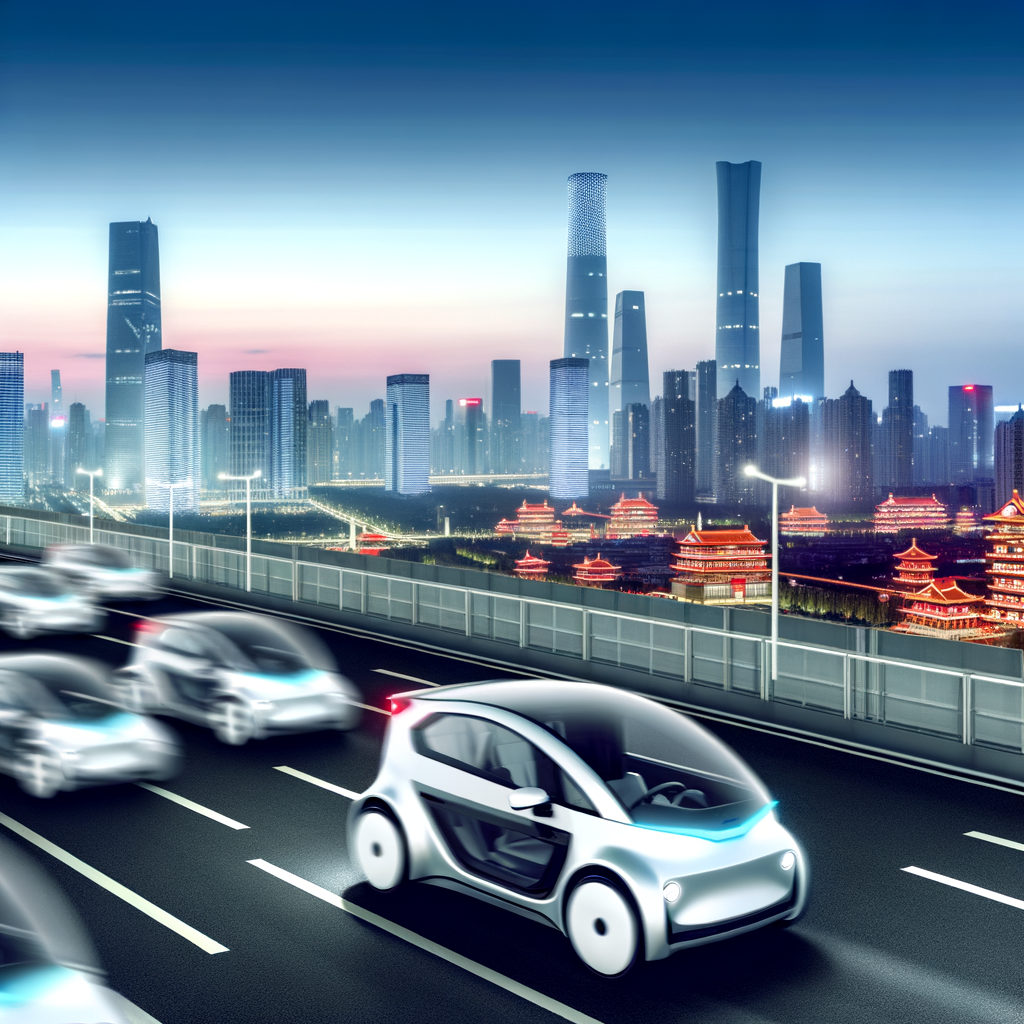China, the world’s top and largest automotive market, presents vast opportunities amid challenges for both domestic car brands and foreign automakers. Key drivers of this market include a growing economy, urbanization, and an expanding middle class, leading to heightened market competition and the need for strategic partnerships. A significant pivot towards Electric Vehicles (EVs) and New Energy Vehicles (NEVs), propelled by environmental concerns and government incentives, is setting the trend for greener alternatives and technological advancements in the automotive industry. Success in this market demands navigating a complex regulatory landscape through joint ventures, understanding consumer preferences, and staying adaptive to government policies. For foreign automakers and domestic players alike, leveraging local insights and aligning with China’s push for EVs and NEVs are crucial for tapping into the opportunities of this dynamic market.
In a world where mobility is synonymous with progress, the China automotive market stands as the largest and most dynamic arena for both manufacturers and consumers. As the epicenter of automotive innovation and demand, China showcases a rapidly growing economy, an expanding middle class, and an unprecedented rate of urbanization, all of which fuel its position as a key player in the global automotive industry. This sprawling market is not just a battleground for market competition but a thriving stage for top domestic car brands and foreign automakers, all vying for a share of the vast consumer base with an increasing appetite for Electric Vehicles (EVs), New Energy Vehicles (NEVs), and cutting-edge automotive technologies.
The allure of the Chinese market is undeniable, with its blend of government incentives, environmental concerns, and consumer preferences shaping a unique regulatory landscape that foreign and domestic players navigate through strategic partnerships and joint ventures. This complex ecosystem is driven by a relentless pursuit of innovation, where technological advancements and urbanization are accelerating auto sales and paving the way for a future where China not only leads in production and sales but also in setting global trends for the automotive industry.
As we delve into the intricacies of the Largest Automotive Market in the world, our comprehensive exploration will traverse through the surge of EVs and NEVs in urban China, the critical role of joint ventures, the adaptation strategies of foreign automakers to meet consumer preferences, and the influential forces of government policies and environmental concerns. From the rise of domestic brands to the global aspirations of China’s auto sector, our journey will uncover the multifaceted layers of competition, innovation, and growth that define this powerhouse of automotive excellence.
Join us as we navigate the terrain of the Largest Automotive Market, understand the strategic partnerships fueling growth, and anticipate the future of mobility in a rapidly evolving Chinese market. Through “Navigating the Terrain: Understanding the Largest Automotive Market in the World” to “Beyond the Horizon: The Future of the Automotive Industry in a Rapidly Evolving Chinese Market,” this article aims to provide a deep dive into the dynamics that make China’s automotive sector a fascinating study of progress, challenge, and opportunity.
1. “Navigating the Terrain: Understanding the Largest Automotive Market in the World”

Navigating the terrain of the world’s top automotive marketplace requires a keen understanding of the intricate dynamics that define its vast landscape. As the largest automotive market, China presents an unparalleled opportunity for both domestic car brands and foreign automakers. This dominance is propelled by a multitude of factors including a rapidly growing economy, an expanding middle class, and significant urbanization trends. These elements collectively fuel a robust demand for vehicles, setting the stage for intense market competition and strategic partnerships that are crucial for success.
The rise of Electric Vehicles (EVs) and New Energy Vehicles (NEVs) marks a significant shift in consumer preferences, driven by environmental concerns and supported by substantial government incentives. China’s commitment to combating pollution and reducing its carbon footprint has seen it become the global leader in the EV and NEV sectors. This pivot towards greener alternatives is not just a trend but a cornerstone of the future automotive industry in China, shaping the development and deployment of technological advancements in the field.
Foreign automakers looking to tap into this lucrative market face a complex regulatory landscape that requires careful navigation. Joint ventures have emerged as a strategic avenue for international brands to gain a foothold in China, allowing them to collaborate with local companies to meet regulatory requirements, understand consumer preferences, and leverage local market insights. These partnerships are vital, as they provide the necessary infrastructure and knowledge base to effectively compete in a market characterized by rapidly evolving consumer demands and technological innovation.
Understanding the Chinese automotive market also means acknowledging the role of government policies, which can significantly influence market dynamics. From incentives for EVs and NEVs to regulations governing foreign participation, the regulatory environment in China is a critical factor that can affect an automaker’s success. Keeping abreast of these policies and adapting strategies accordingly is essential for any player aiming to thrive in this competitive landscape.
In conclusion, the Chinese automotive market, with its emphasis on EVs, NEVs, and the integration of cutting-edge technologies, represents a dynamic and challenging environment. Success in this market is not just about offering innovative products but also requires a deep understanding of the regulatory framework, consumer trends, and the importance of forming strategic partnerships. As this market continues to evolve, so too will the opportunities for those able to navigate its complexities and cater to the needs of its diverse consumer base.
In conclusion, the journey through the largest automotive market in the world reveals a complex yet rewarding landscape shaped by a growing economy, rapid urbanization, and evolving consumer preferences. As the top destination for both domestic car brands and foreign automakers, China’s automotive sector thrives on a dynamic mix of technological advancements, environmental concerns, and strategic partnerships. The surge in demand for Electric Vehicles (EVs) and New Energy Vehicles (NEVs), fueled by government incentives and a collective push towards sustainability, underscores the market’s role in leading global automotive trends. Navigating the regulatory landscape, understanding the nuances of market competition, and aligning with consumer preferences are essential for success in this competitive environment. Joint ventures emerge as a strategic pathway for foreign brands aiming to tap into the vast consumer base, while domestic players continue to ascend in the global arena. As the market evolves, so too will the opportunities and challenges within the China automotive industry, making it a key barometer for the global automotive future.







